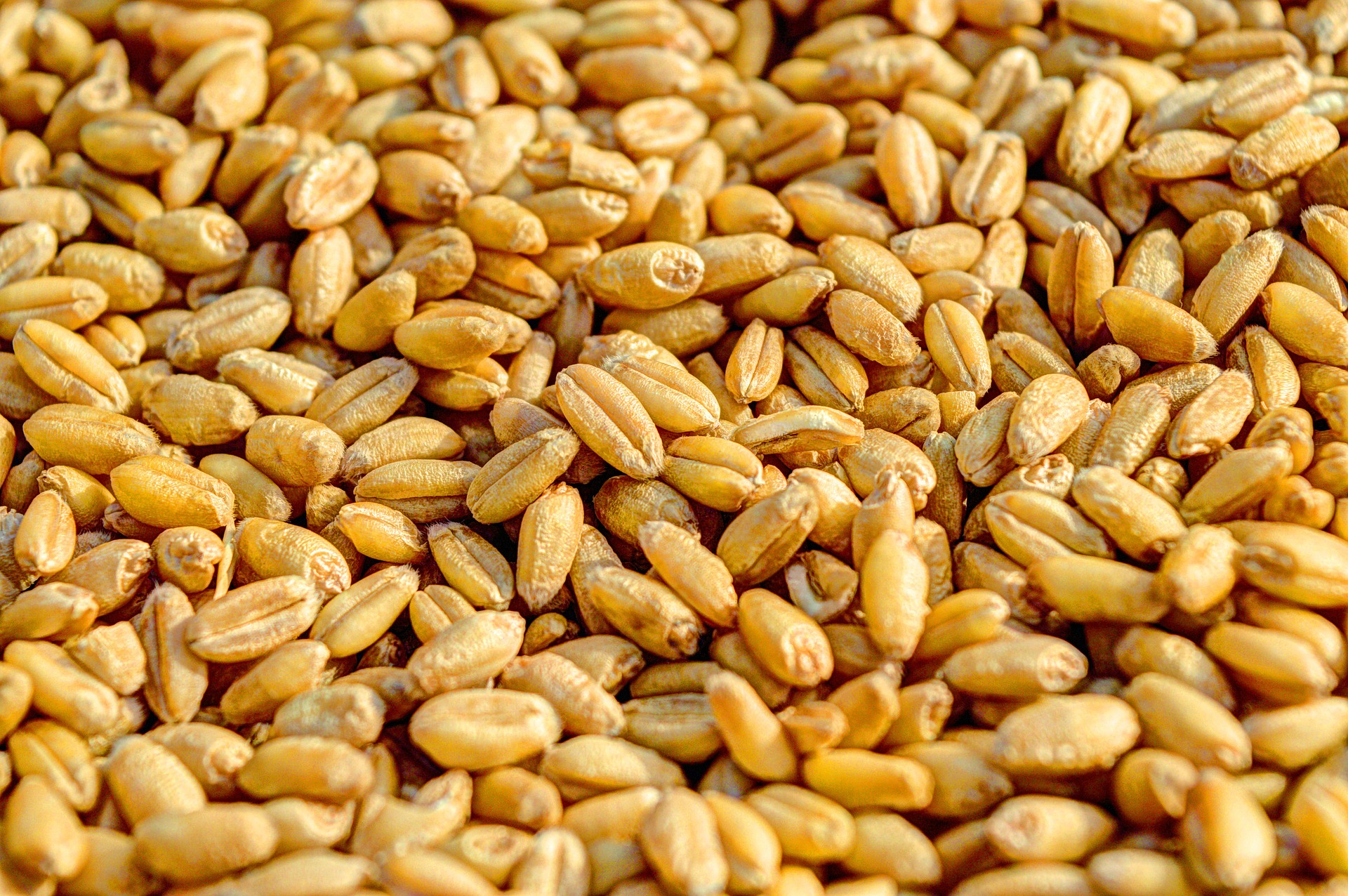The Punjabi word for wheat is kanak. The word root from which this word is derived also means gold. If you have ever seen a wheat field just before harvesting, you will know why. The golden kernels of wheat are a sight to behold (see).

Wheat is also the second most produced food grain in the world, after corn.
Russia and Ukraine, between them, produce 25% of the world’s wheat.
China is, not surprisingly, the world’s largest consumer of both rice and wheat.
In India, the main season for wheat is the Rabi season – from October to January.
The Production Story
In February, India appeared all set to have a bumper wheat crop. We expected over 111.32 MT (million tonnes).
In March, a heatwave covered most parts of North India. This is the final stage of the wheat crop. At this time, the grain adds fibre and protein and fattens up. This unexpected heat damaged crops and instead of a bumber crop of 111 MT, our expected produce came down to just 97 MT in April 2022.
The Procurement Story
Food Corporation of India (FCI) is India’s largest buyer of agricultural produce. This produce is bought by the government through FCI to:
A. Ensure that India has enough foodgrains to feed its people for at least a few months (food security)
B. Ensure that the world’s largest Public Distribution Scheme has enough grain for distribution to the poorest Indians.
C. Ensure that farmers get the Minimum Support Price (MSP) for their produce. This is a price that is guaranteed by the government on government procurement.
Last year, some wheat was procured at the end of the Rabi season, up to May 2021. 366.61 LMT was procured in this season, compared to 282.69 LMT in the previous year. By June, the government published a note stating that this was a record high in food procurement (buying).
On May 4th, 2022, the government announced that it would only buy 19.5 million tonnes (MTs) of wheat this year. This was because of surplus reserves in government good storage, and the fact that while Minimum support price this year is 20.15 rs per kg, private buyers are paying from 21-25 rs per kg. So, farmers prefer selling to these buyers.
To ensure that food security is not compromised, rice was sought to be distributed instead of wheat as part of the food guarantee program. This program guarantees free food to about 800 million people in India.
The heady price of wheat and the export ban
Russia – Ukraine war put a freeze on the export of 25% of the world’s wheat.
China reported that winter wheat production was likely to be very low.
This is why farmers in India were getting prices above MSP for their wheat.
However, the government soon realised that it does not have enough stocks for its own food security.
So, on May 13th, India banned the export of wheat. There are only two exceptions to the rule:
A. Where the trade has already been negotiated before the date of ban.
B. Where India is sending foodgrains as a part of humanitarian relief or to help a country achieve food security.
India is not the only country to ban the export of food items. Indonesia, one of the world’s largest producers of palm oil, also banned the exports of palm oil in April 2022. This caused concern in India, which imports about 70% of its cooking oil, most of it being palm oil from Indonesia and Malaysia.
On Tuesday, May 17th, the Government of India allowed the export of the entire 61,500 metric tonnes to Egypt, since the order was directly from the Egyptian government, and government – government procurement for food safety is allowed under the ban.
The impact of the wheat export ban
While the international community is still responding to the ban, some early effects are:
A. The major importers of Indian wheat are Bangladesh, Nepal, Sri Lanka, and other Asian countries. This will mean a supply chain issue in these countries.
B. The government tried to buy more wheat for the PDS, but reports mention that the wheat is not reaching the mandi (market). Even though the government has extended the procurement time (the time during which government buyers buy from the mandi), the procurement itself has not increased a lot.
C. Egypt, which had recently approved buying wheat from India, will face a supply crunch. While the current order has been loaded and approved, future orders will have to follow the govt – govt route for sales.
D. India’s foreign exchange reserves have been dropping for many weeks now. A bumper export season would have boosted that, even if margins on agricultural produce are lower than on factory-made items or services.
E. Global prices of wheat will go up even further. Especially in the Asian region, where supply from Russia, Ukraine, and India – all three countries has stopped.
F. Mandi prices fell all over the country after the export ban. These prices are collected by the officials of the various mandis and published.
What do you think will be some of the effects of the wheat export ban? Do share your thoughts with us in the comments section.


Speculation : In the business sense, India may lose its long term buyers of wheat over time as the countries may think of alternatives like is happening in case of fuel. As Russia was one of the largest suppliers of fuel, due to war, European countries have sped up the process of alternate fuel production, distribution and usage. Although, any country has the right to address its own needs first, however, an informed decision making is necessary for maintaining diplomatic relationships.